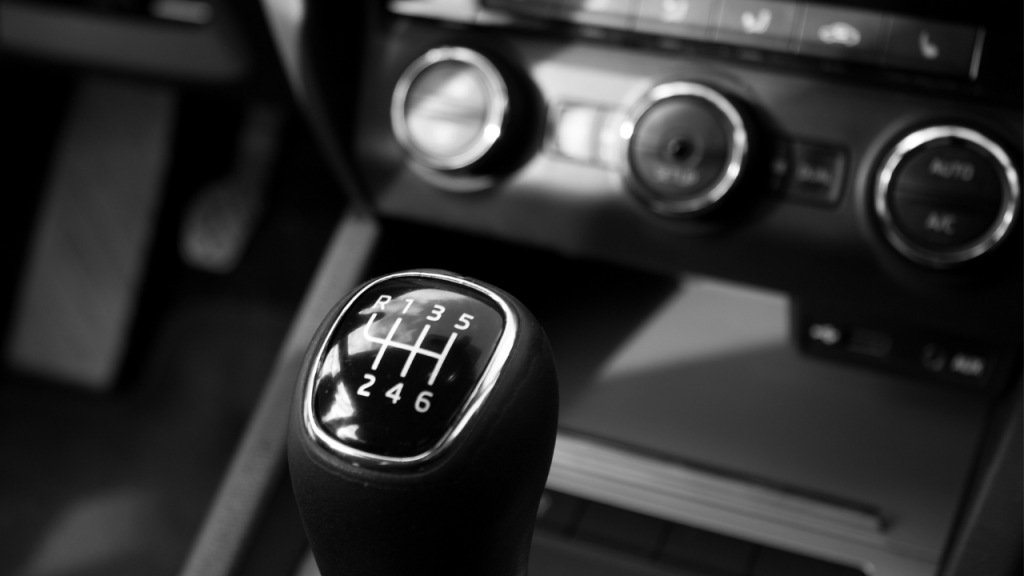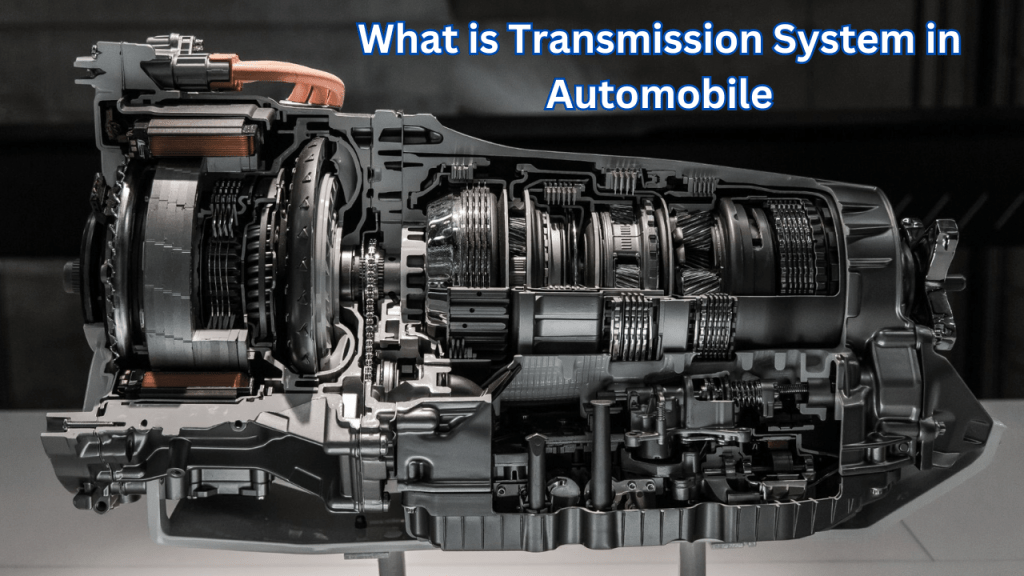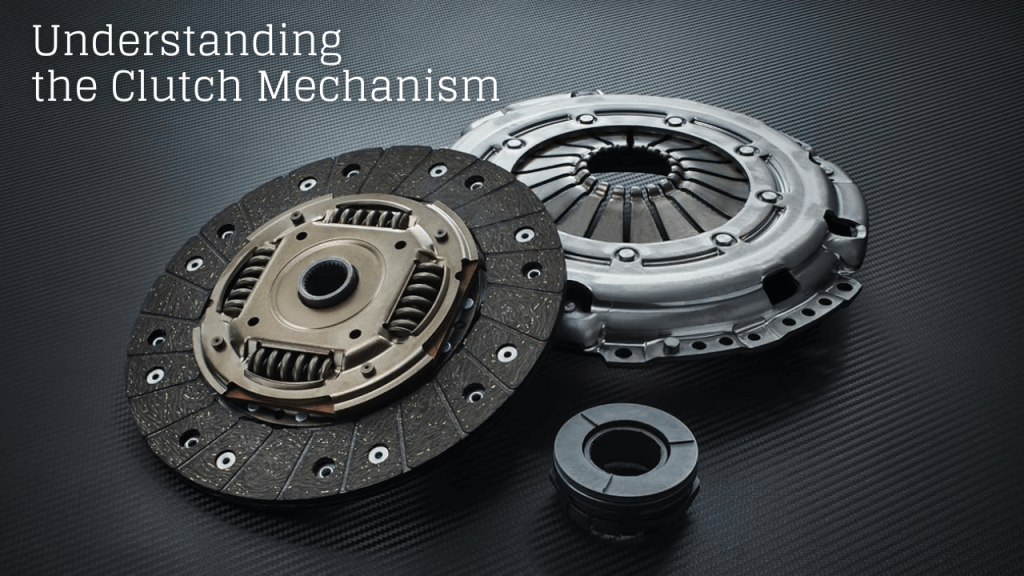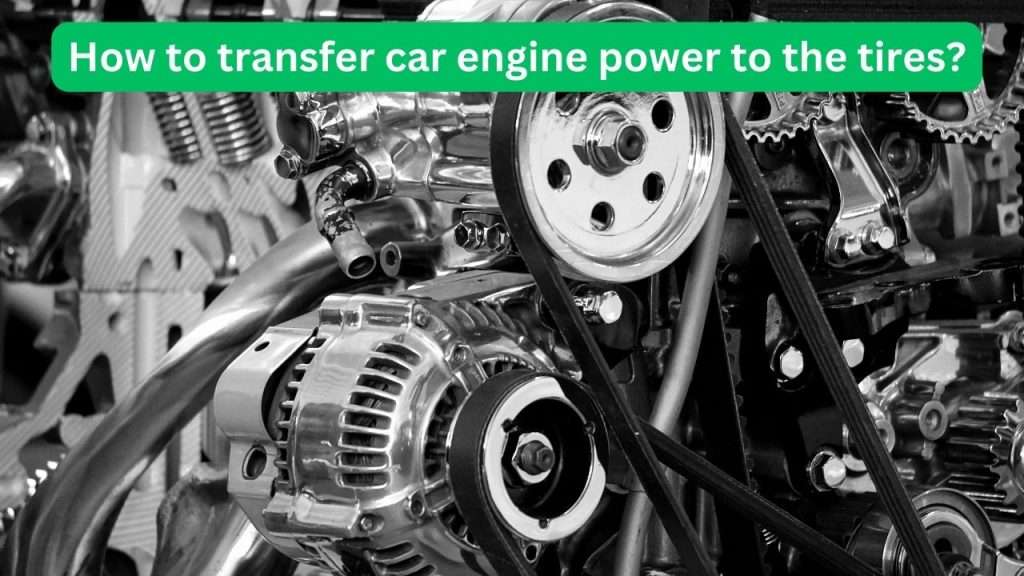What do you learn here?
- What does a transmission do in a car.
- Understand the necessity of transmission.
- What is transmission system in automobile.
- Characteristics of transmission
- Why do we need transmission.
- What type of transmission.
- Proper Gear shifting of the car.
Let’s learn the type and characteristics of the transmission.
Necessity and principle of transmission
why does a car need a transmission
The car basically requires four movements- start, run, stop, and reverse.
Depending on the purpose, it is necessary to satisfy various conditions such as increasing the force to transmit the tire, changing the rotation speed of the tire, and reversing the direction of rotation. However, because the engine’s ability alone cannot satisfy the required conditions, it is necessary to have a device that allows the conditions to be satisfied within the capabilities of the engine. Transmission is a device that transmits rotation (torque and speed) from the engine by changing the speed and direction of rotation according to the gear selected.

When the car starting and climbing
For starting gear increase the driving force. When the car starts or climbs up the slope, a great force is required.
Car Normal running
In a car normal running transmission gear increases the rotational speed.
When you run fast, you do not need the force like starting and climbing, but to increase the car speed, you need to increase the rotation speed of the tire.
When car Stopping
Car Transmission Gear shuts off driving force when a car is stopped.
When a car stops, it is not necessary to transmit the power of the engine to the tire. To shut off the power, you need to step on the clutch pedal, but when stopping for a long time with the engine on, you must depress the clutch pedal keep on. Therefore, we need to it is necessary to be able to shut off the power without stepping on the clutch pedal.
When car Reverse
In order to reverse the car, you need to reverse the rotation of the tire. That is why the gear reverses the rotation.
Principle of transmission
The principle of transmission is to prepare several ratios of the number of teeth on the engine side gear to the number of teeth on the tire side by selecting their engagement, it is to change the tire speed and direction of rotation and the force transmitted to the tire. (let’s learn how an engine transfers power to the wheels)
Principle of car deceleration
When the ratio of the number of teeth on the engine side gear and the number of teeth on the tire side gear is engine side 1 and tire side 2, when the engine side gear rotates once, the gear on the tire side rotates half-turn. At this time, the force transmitted to the tire is doubled.
Principle of car acceleration
When the ratio of the number of teeth on the engine side gear and the number of teeth on the tire side gear is engine side 2 and tire side 1, when the engine side gear rotates once, the gear on the tire side rotates two turns. At this time, the force transmitted to the tire is halved.
Principle of car reverse rotation
Structurally, it is difficult to reverse the gear on the engine side, so it is only necessary to reverse the gear on the tire side. If another gear is engaged between the gear on the engine side and the gear on the tire side, the gear on the tire side rotates in the reverse direction. We call This gear is called a reverse idler gear.
Principle of car stop
Even if the gear on the engine side and the gear on the tire side are engaged and rotated like the case at the time of running, if the gear on the tire side and the shaft is idle, the power is not transmitted to the tire. We call This state is called neutral.
Car Transmission Types

There are two types of transmissions:
1) manual transmission, which manually performs speed change operation.
2) automatic transmission, which performs automatic gear change operation. When traveling, manual transmission requires frequent operation of the clutch and shift lever, but the automatic transmission does not require clutch operation and operation of the shift lever is easy.
Characteristics of transmission (what does a transmission do in a car)
Manual transmission- what is manual transmission
Manual transmission consists of several types of gears and a shift mechanism that manipulates them. Since the power from the engine is transmitted efficiently, it responds sharply to accelerator operation. Because the structure itself is simple, we can lighten the weight of the car, and fuel economy is relatively excellent.
Automatic Transmission
It consists of
1) a torque converter, which converts the transmission of power from the engine.
2) a planetary gear, which performs automatic gear shift (change).
Operability is improved because there is no need to perform gear shift operation, but the structure becomes complicated accordingly. Therefore, the reaction to accelerator operation becomes somewhat dull, and the weight of the car also becomes heavy, which is why fuel consumption is worse compared to a manual transmission car.
What is the difference between an automatic and manual transmission gear shaft.

Manual transmission gear shift
① When starting the engine
when starting the engine you should release the key after cranking the engine. And Depress the clutch pedal to start the engine. Even if gears are engaged, you can start safely by stepping on the clutch pedal.
Also, even when the transmission is in the neutral state, there is a rotating part and resistance in transmission. That resistance places a burden on the starter. Therefore disengage the clutch and start the engine.
② Shift when starting off
We step on the clutch pedal and shift the gear. Even if we try to shift the gear without disengaging the clutch, we cannot ship the gear because the gear speed of the transmission does not match.
③ Shift during driving
The driver judges and shifts the gear according to the speed of the car, the engine speed, and the condition of the road.
Automatic transmission gear shaft
① Gear Shaft When starting the engine
what is the p-shaft in a car
We need to set the shift lever to the P or N range and start the automatic transmission car engine.
Why engine cannot be started without the P or N range?
Range other than P and N is for running. When the shift lever position is in the running range, if the starter motor rotates, the engine starts and power is transmitted. If this situation happens, the car may start suddenly. This is extremely dangerous. Therefore the engine cannot be started without the P or N range.
② Gear Shift when the car starts running
Depress the brake pedal and shift the range to run the car.
Why we cannot shift from the P range to the other ranges without pressing the brake pedal?
When shifting the shift lever to the running range while the engine is running, the automatic transmission starts to move without stepping on the accelerator pedal. We call it the Creep phenomenon. When the engine speed is high, there is a risk of sudden start and it is very dangerous. For this reason, if you do not press the brake pedal, you cannot shift from the P range to the other ranges. We call this mechanism shift lock system.
If you do not press the brake pedal, you cannot shift to other than the P range. Moreover, it cannot shift even if the engine key position is “LOCK” or “ACC”. in case you cannot operate the lever due to breakdown etc. even though you press the brake pedal, you can operate it by pressing the “release button”.
③ Gear shift during driving
Shift operation is carried out automatically according to the speed of the car and the stepping on the accelerator pedal degree.
Let’s learn the Proper use of each gear shaft range for automatic transmission car
① D range or driving range
The D range used during normal driving, the gear automatically changes to 1st, 2nd, 3rd, 4th gear according to the accelerator pedal depression and the car speed.
overdrive (O / D) range
Generally, the 4th gear is called overdrive (O / D). In places where there are many climb-ups and downs like mountain roads, the number of gear shifts between 3rd gear and O / D increases. In such a case, you should turn off the O / D switch (transmission control switch). If the O / D switch is turned off, gears are not shifted to O / D, so the number of gear shifts decreases and you can run smoothly.
② 2 range
Used when engine brake is required, such as when going down a slope. Even in the 2 range the gear changes automatically, but the gearshift is only between 1st and 2nd gear.
③ what is l on the gear shift
It is used when engine braking stronger than 2 range is required. In the L range, the gear does not change, it is fixed to 1st gear.
④ R range- what is R on the gear shift
It is the range to use when the car reverses.
⑤ P range, N range
Both of the gears for the forward and backward are not engaged.
The N range is the same as the neutral of the manual transmission. The P range is used to fix the gear on the propeller shaft side (output side), and it is used when you need to fix a car such as parking.
what is the s on the gear shift
in simple terms, when you switch to Sport mode (S), it’s like giving your car a boost of energy. It makes your driving experience more exciting by making the accelerator respond more quickly. This means your car revs up faster, giving you a fun and dynamic ride. It’s like putting your car in high gear compared to the regular Drive (D) mode.




